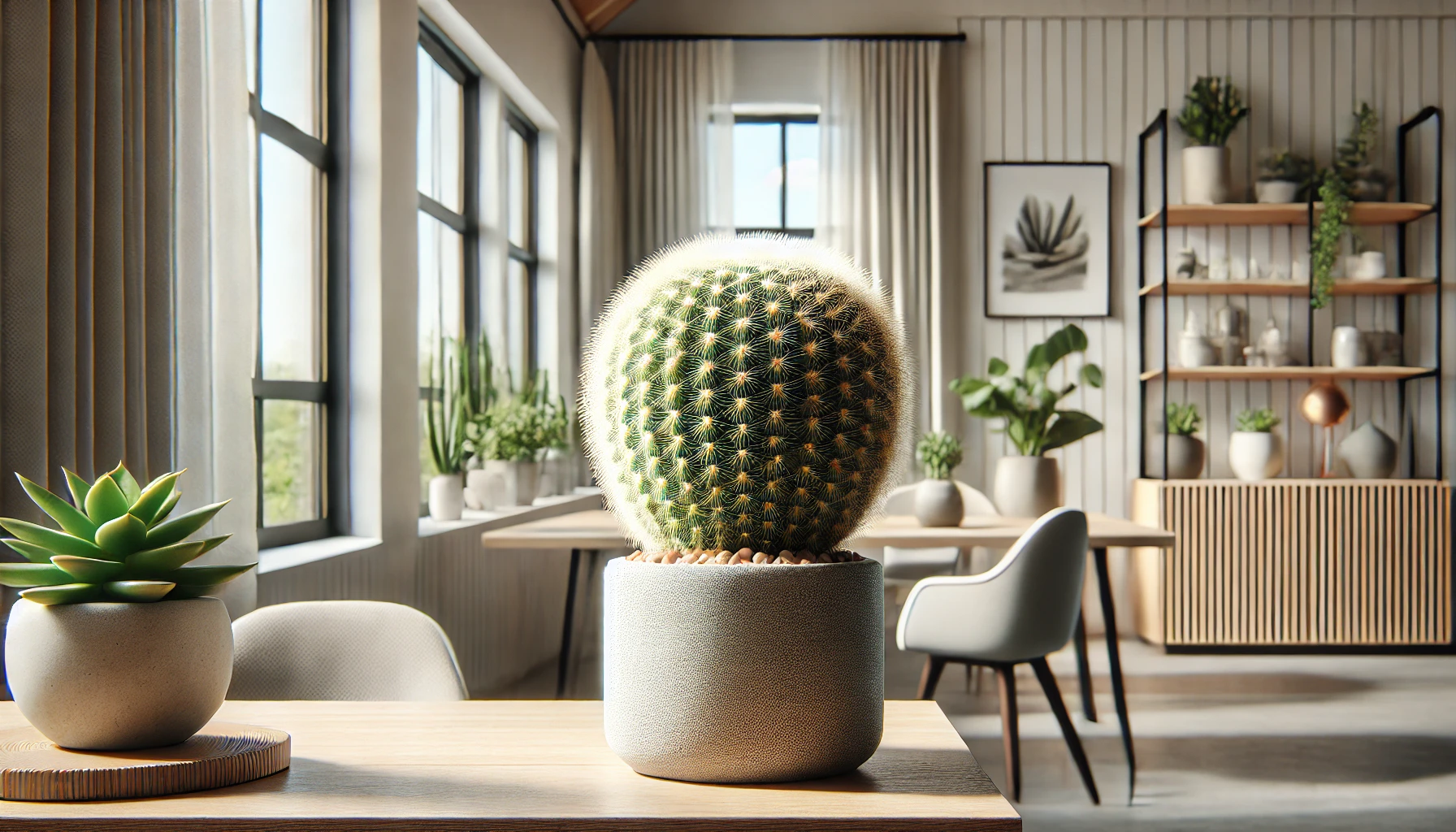
Mammillaria, also known as Pincushion Cactus, is a delightful and hardy plant that adds charm to any indoor or outdoor garden. Formally known as Mammillaria spp., this genus includes over 200 species of small, round cacti covered in tubercles and often adorned with bright, colorful flowers. Depending on the species, Mammillaria can grow up to 12 inches tall and 8 inches in diameter, making it a perfect addition to any plant collection.
History and Ideal Growing Conditions
Native to the deserts of Mexico and the southwestern United States, Mammillaria cacti have adapted to survive in harsh, arid environments. These resilient plants have evolved to store water in their thick stems and protect themselves with dense spines. Ideal growing conditions for Mammillaria include bright, indirect sunlight, well-draining soil, and minimal watering. They thrive in warm temperatures but can tolerate cooler conditions as long as they are kept dry.
Toxicity and Pets
Mammillaria cacti are non-toxic to pets, making them a safe choice for households with cats or dogs. However, their spines can be sharp, so it’s best to place them out of reach of curious pets and small children to avoid any accidental pricks.
Best Practices for Caring for Mammillaria
Caring for Mammillaria is straightforward, making it an excellent plant for both beginners and experienced gardeners. Here are some essential tips to ensure your Mammillaria thrives.
Watering and Humidity
Mammillaria cacti prefer infrequent watering, making them ideal for those who may forget to water their plants regularly. Water the cactus thoroughly when the soil is completely dry, typically every 2-4 weeks during the growing season (spring and summer). In the winter, reduce watering to once every 6-8 weeks, as the cactus enters dormancy. Mammillaria does well in low humidity environments and does not require additional misting.
Soil, Light, and Temperature
Use a well-draining cactus or succulent potting mix to ensure that the roots do not sit in water. Mammillaria thrives in bright, indirect light, so place it near a window with plenty of filtered sunlight. Avoid direct sunlight, which can scorch the cactus. Ideal temperatures for Mammillaria range from 60-85°F (15-29°C). They can tolerate occasional drops in temperature but should be protected from frost.
Common Problems and Remedies
While Mammillaria is generally a hardy plant, it can encounter a few common issues. Overwatering is the most significant risk, leading to root rot. Ensure the soil dries out completely between waterings to prevent this problem. If you notice mushy or discolored stems, reduce watering and check for root rot.
Pests such as spider mites and mealybugs can also affect Mammillaria. Regularly inspect your plant and treat any infestations with insecticidal soap or neem oil. If you notice any signs of pests, isolate the affected plant to prevent the spread to other plants.
Propagation and Benefits
Propagating Mammillaria is relatively easy and can be done through offsets or seeds. To propagate through offsets, carefully remove the small offshoots, or “”pups,”” that grow at the base of the parent plant. Let the offsets callous over for a day or two, then plant them in well-draining soil and water sparingly until they establish roots. Growing Mammillaria from seeds is more time-consuming but can be rewarding. Sow the seeds in a well-draining soil mix and keep them warm and slightly moist until they germinate.
Growing Mammillaria has several benefits beyond its aesthetic appeal. It is a low-maintenance plant that is perfect for busy individuals or those new to gardening. Additionally, Mammillaria can improve indoor air quality by filtering out toxins and adding a touch of greenery to your home.
Final Thoughts
Mammillaria is an adorable and hardy cactus that can enhance any indoor or outdoor space with its unique appearance and easy care requirements. Whether you are a seasoned gardener or just starting, this resilient plant is a delightful addition to your collection. By following the care tips outlined above, you can enjoy the beauty and benefits of Mammillaria in your home. Happy gardening!



